
Do You Need a Trainer for Home Pilates?
Let’s keep it real. A lot of people see Pilates and think you need an instructor glued to your side. Not always true.
With the right Reformer Machine, guidance, and consistency, you can absolutely build a strong and safe home practice.
But there are moments when a trainer makes a big difference. Let’s break it down.
What Makes Pilates Different?
Pilates is about control, slow movements, deep core activation, and breath guiding each rep. It is not about pushing to exhaustion. It is about moving smarter. This is why form matters so much.
A trainer can help sharpen form. But a well built Reformer Machine also supports alignment and movement control.
Can You Learn Pilates at Home Without a Trainer?
Yes. As long as you progress gradually.
Home Pilates works best when you:
- Start with beginner friendly guided video classes
- Learn the purpose of each movement
- Go slow
- Focus on breathing and core activation
- Use equipment that is stable and smooth
A high quality Reformer Machine supports your control and forms the foundation of your practice.
FitBoutique Reformers are stable, smooth, and designed for both home and studio use.
When You Should Consider a Trainer
You may want a trainer if:
- You are recovering from injury
- You want personalised programming
- You are completely new to fitness
- You learn best with hands on cues
A trainer helps you activate deep muscles, correct posture, and progress safely. Think of it as a boost, not a requirement.
The Benefits of Going Solo at Home
Home Pilates gives freedom.
- Move at your own pace
- Privacy and comfort
- Easy to stay consistent
- No commute or scheduling stress
Owning your own Reformer Machine makes Pilates part of your lifestyle, not an occasional session.
Tips for Starting Pilates at Home
1. Pick the Right Reformer Machine
A stable machine is essential. Popular choices from FitBoutique include:
- Ivory Fold Reformer for minimal home spaces
- Onyx Fold Reformer for compact storage
- Onyx Reformer for a studio grade setup
2. Use Guided Content
Start with beginner routines.
3. Keep Workouts Short at First
Consistency beats intensity.
4. Focus on Core and Breathing
This is where results come from.
When to Reach Out for Support
If you feel unsure, we are here to help.
We assist with setup, technique guidance, and equipment selection.
Final Word
You do not need a trainer to start Pilates at home. But you do need patience, awareness, and good equipment.
Take it slow. Build consistency. Trust the process. We are here whenever you need support.
Reformer Pilates Range
Frequently Asked Questions
How much space do I need for a reformer bed?
Space Requirements for Your Reformer
A FitBoutique reformer requires approximately 245cm x 68cm (2.45m x 0.65m) of floor space. Here's what this means for your space planning:
For Home Users
Length: 245cm (8.04 feet)
Width: 68cm (2.13 feet)
Recommended clearance: Add at least 30cm on each side and end for comfortable access
Total recommended space: 305cm x 125cm (3.05m x 1.25m)
For the Onyx Fold model specifically:
Same footprint when in use (245cm x 65cm)
When folded: Takes up significantly less floor space in vertical storage
Ceiling height consideration: Ensure adequate height for vertical storage
What's the difference between commercial and home reformers?
While both offer similar exercise capabilities, commercial reformers typically feature heavier-duty construction, enhanced weight capacity, and more extensive warranty coverage. However, premium home models like the Onyx series bridge this gap with commercial-grade components.
How often should I maintain my reformer?
Regular maintenance includes weekly cleaning, monthly hardware checks, and quarterly deep cleaning of tracks and wheels. Premium reformers come with detailed maintenance guides to ensure optimal performance and longevity.













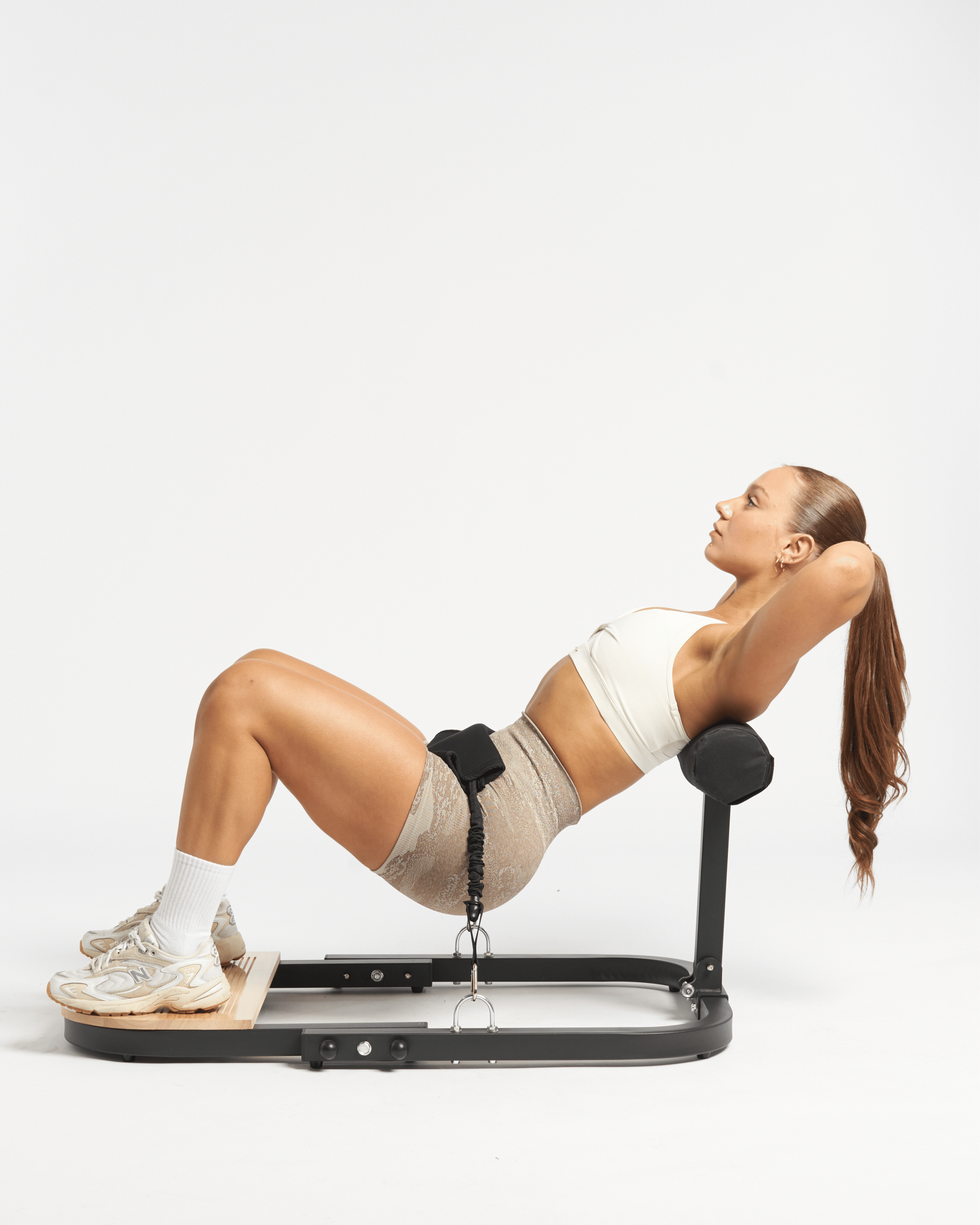
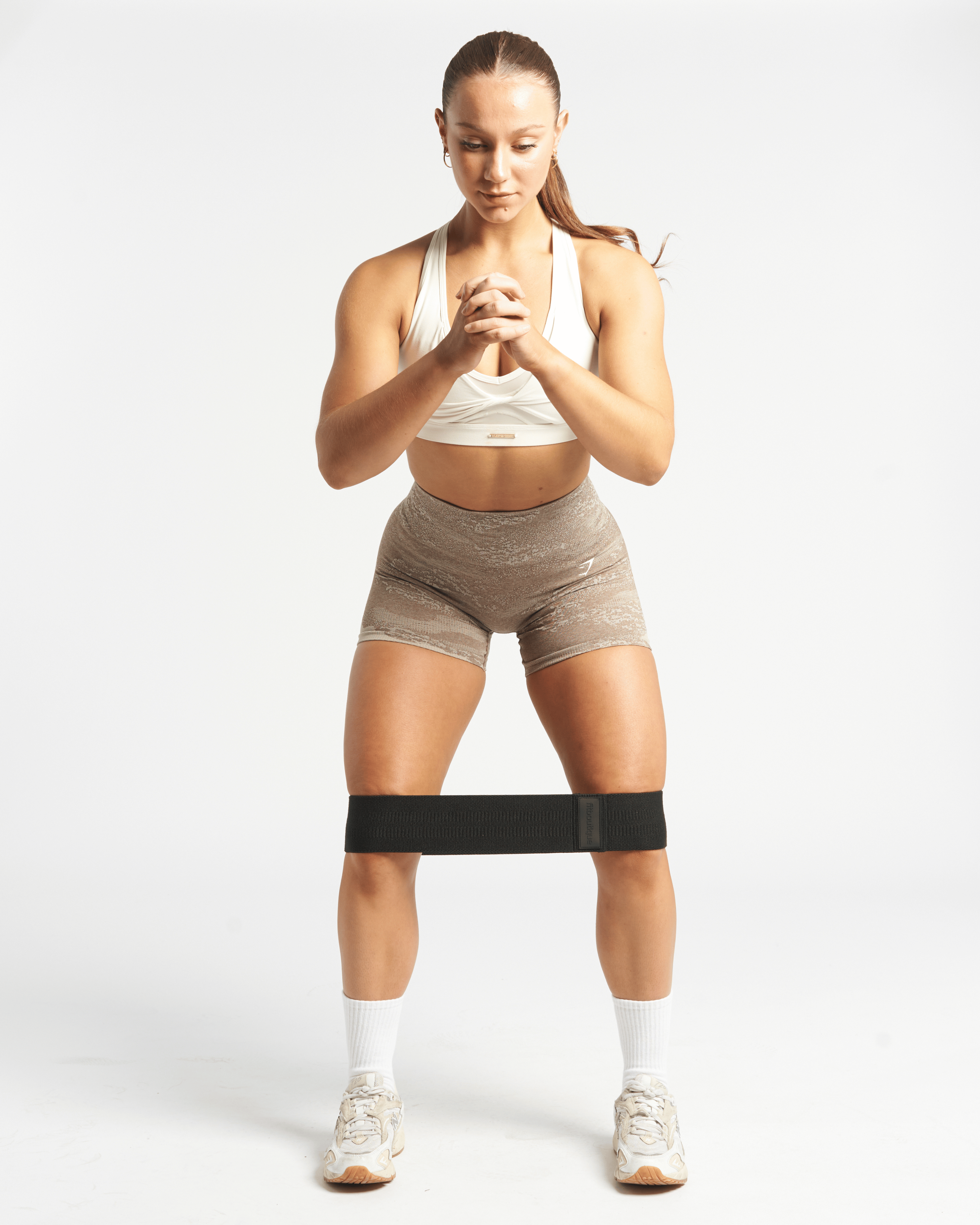
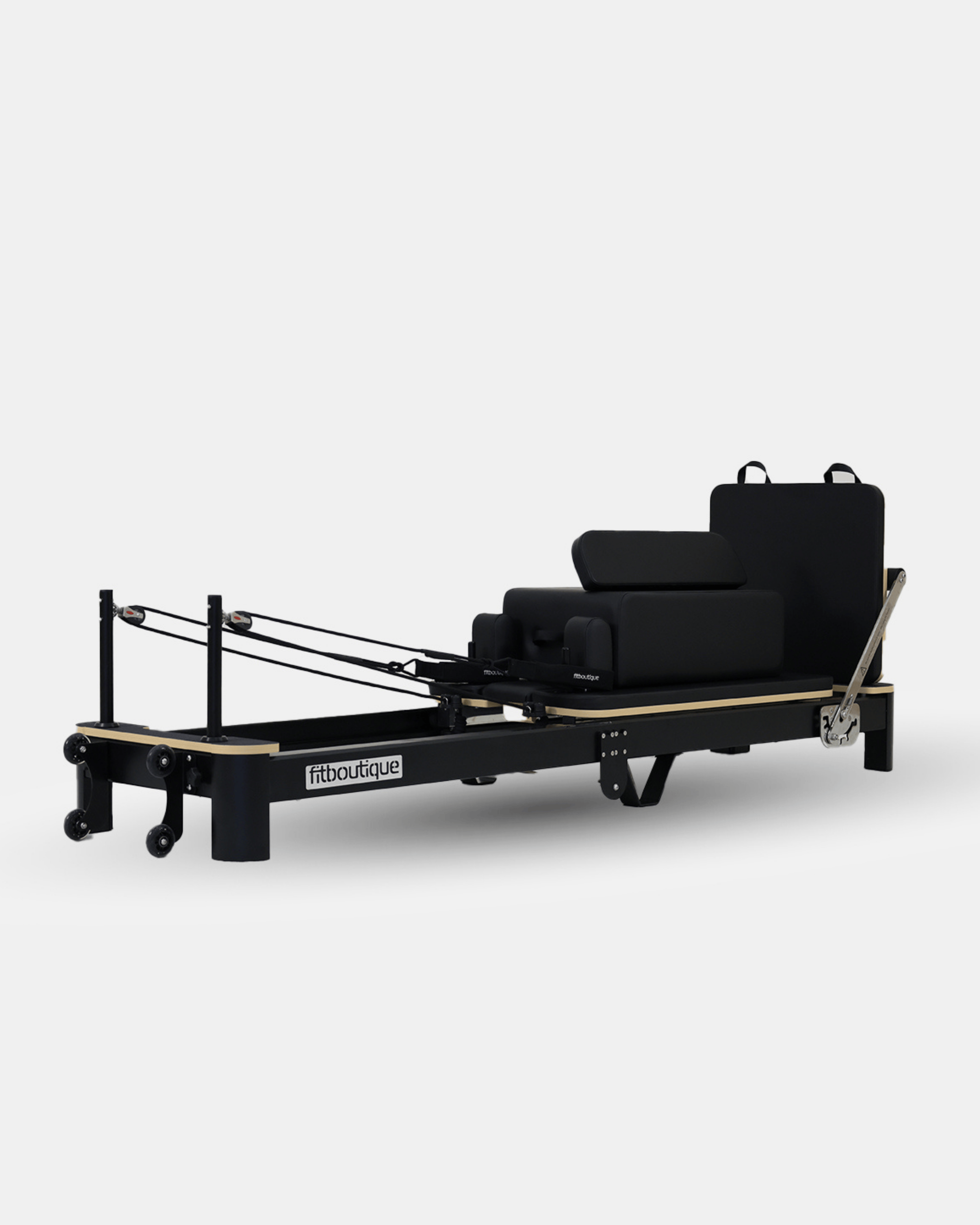
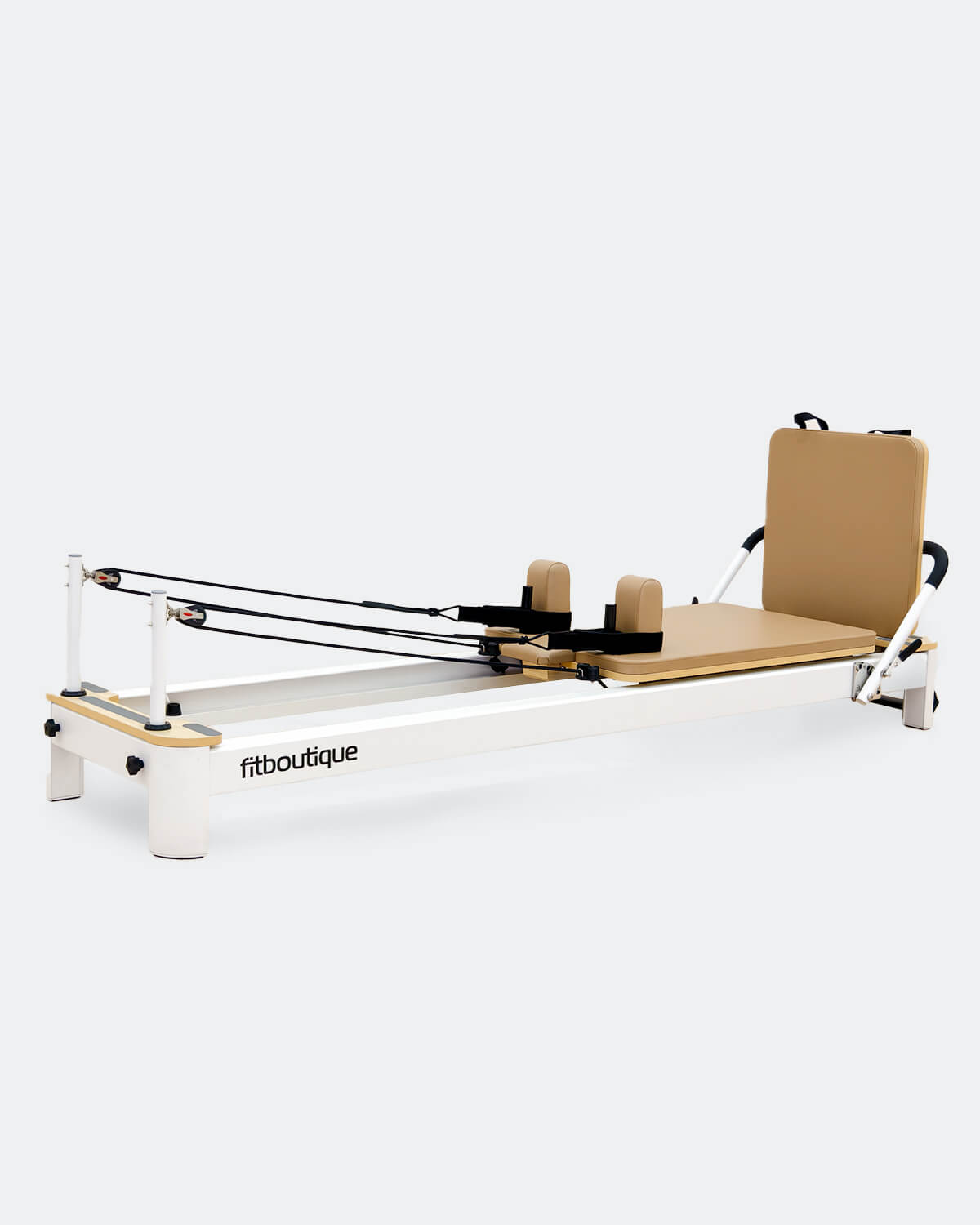
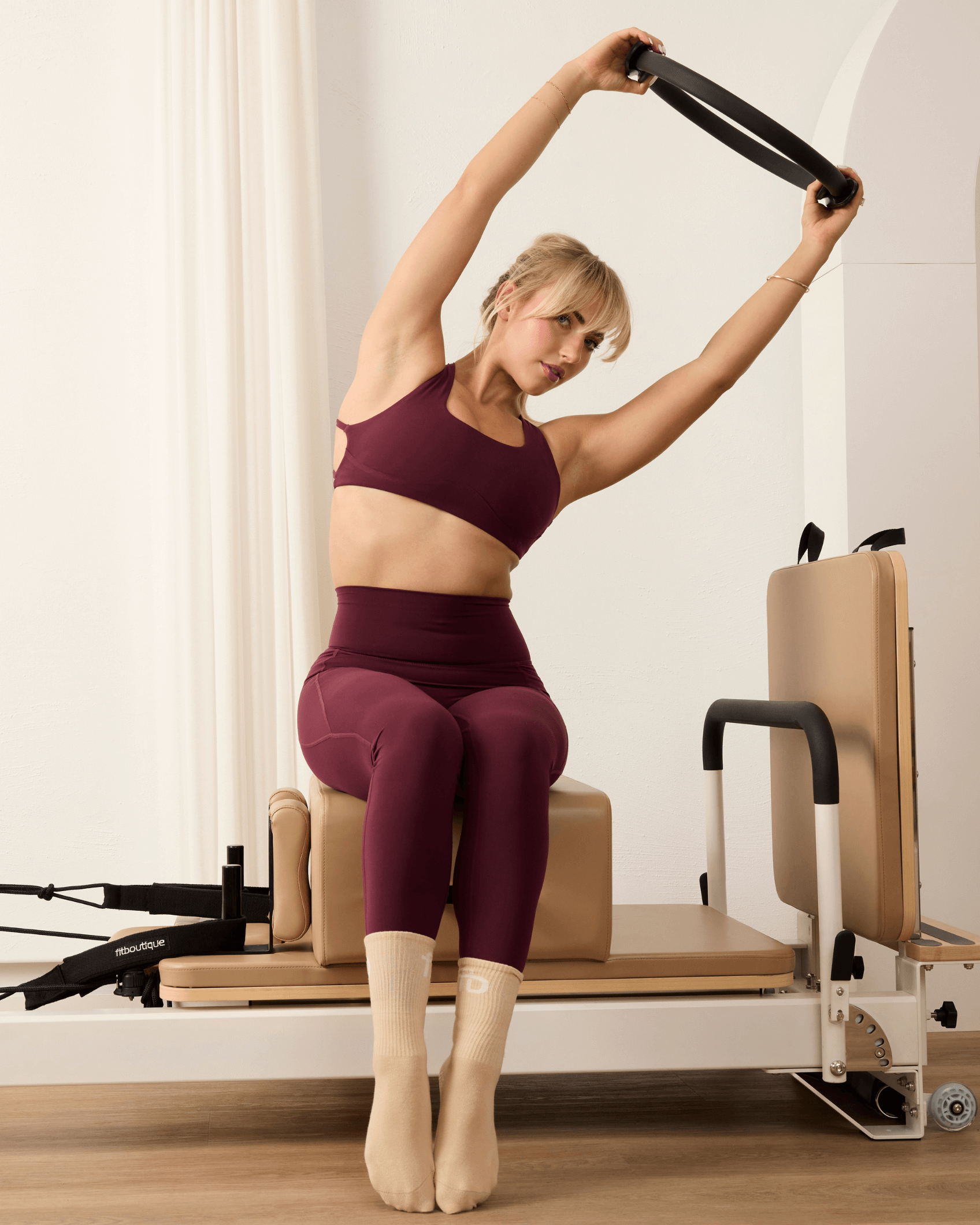

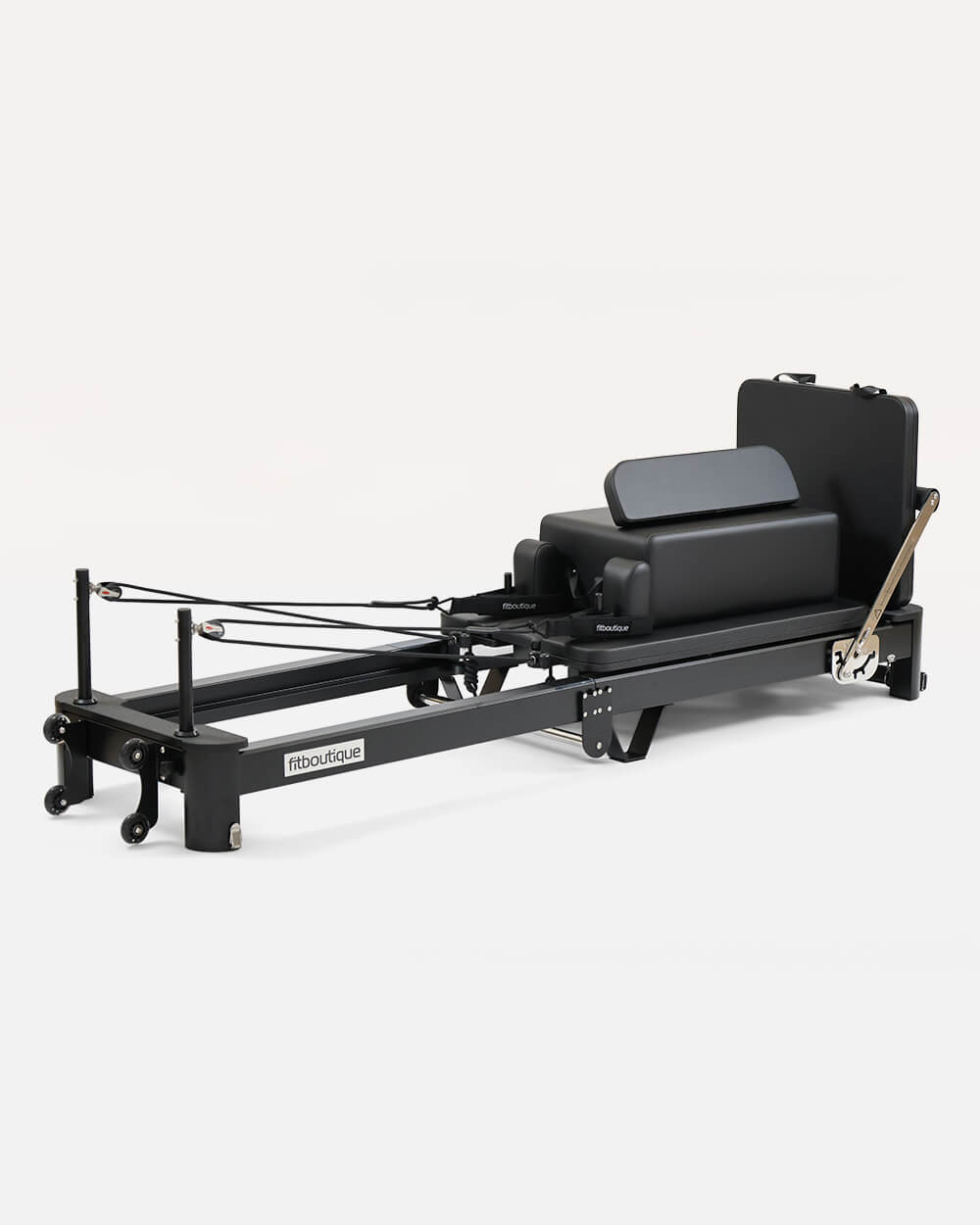
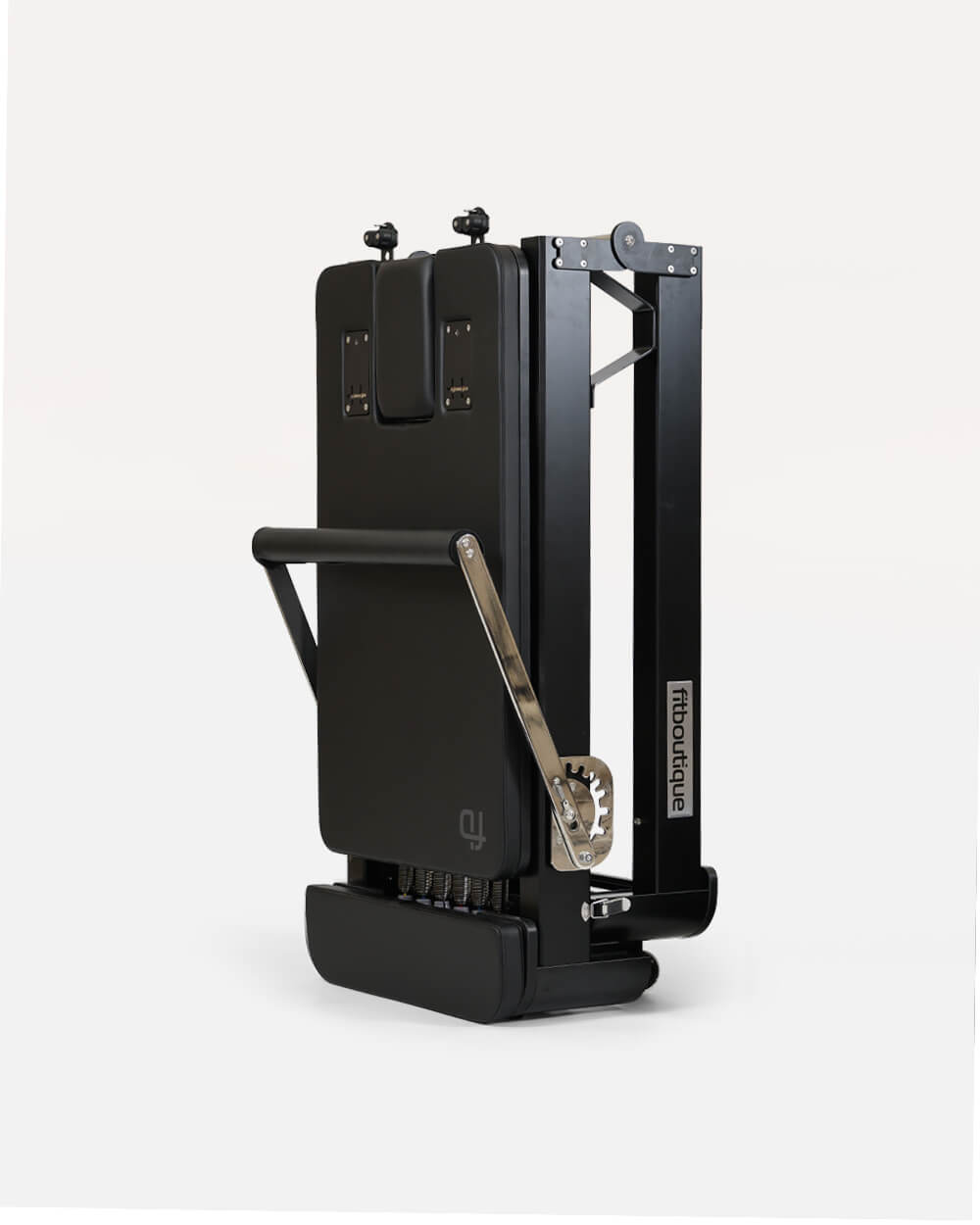

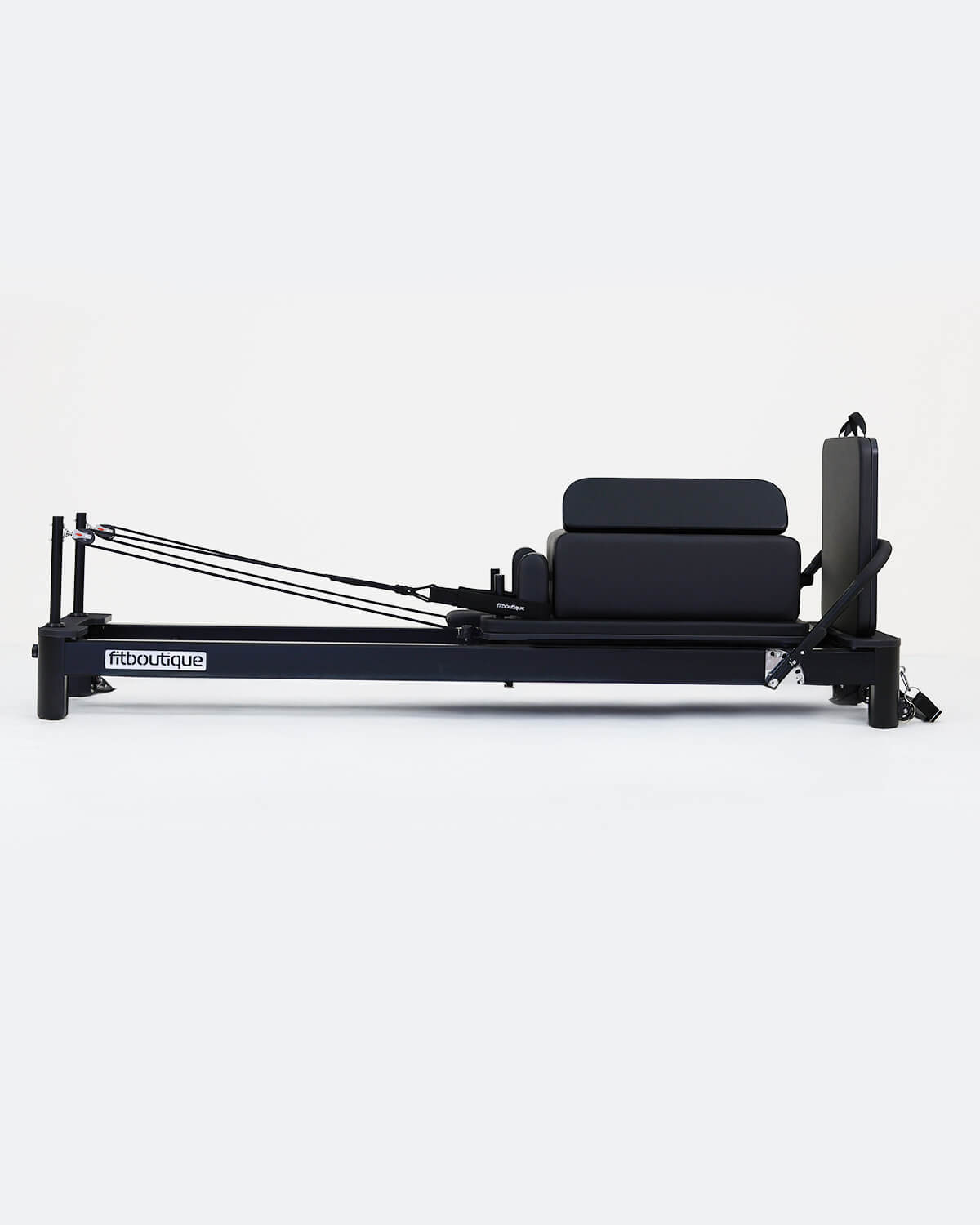
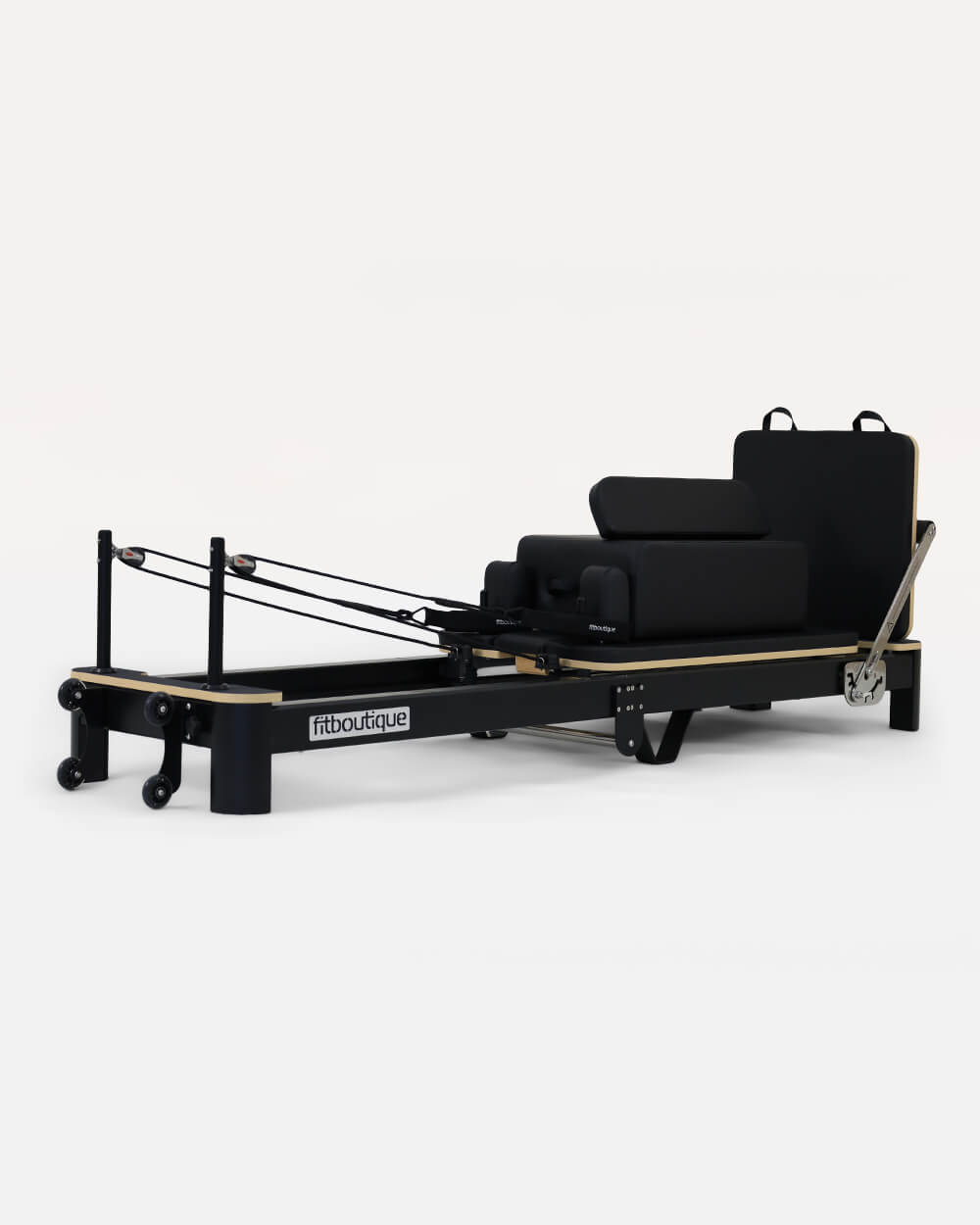

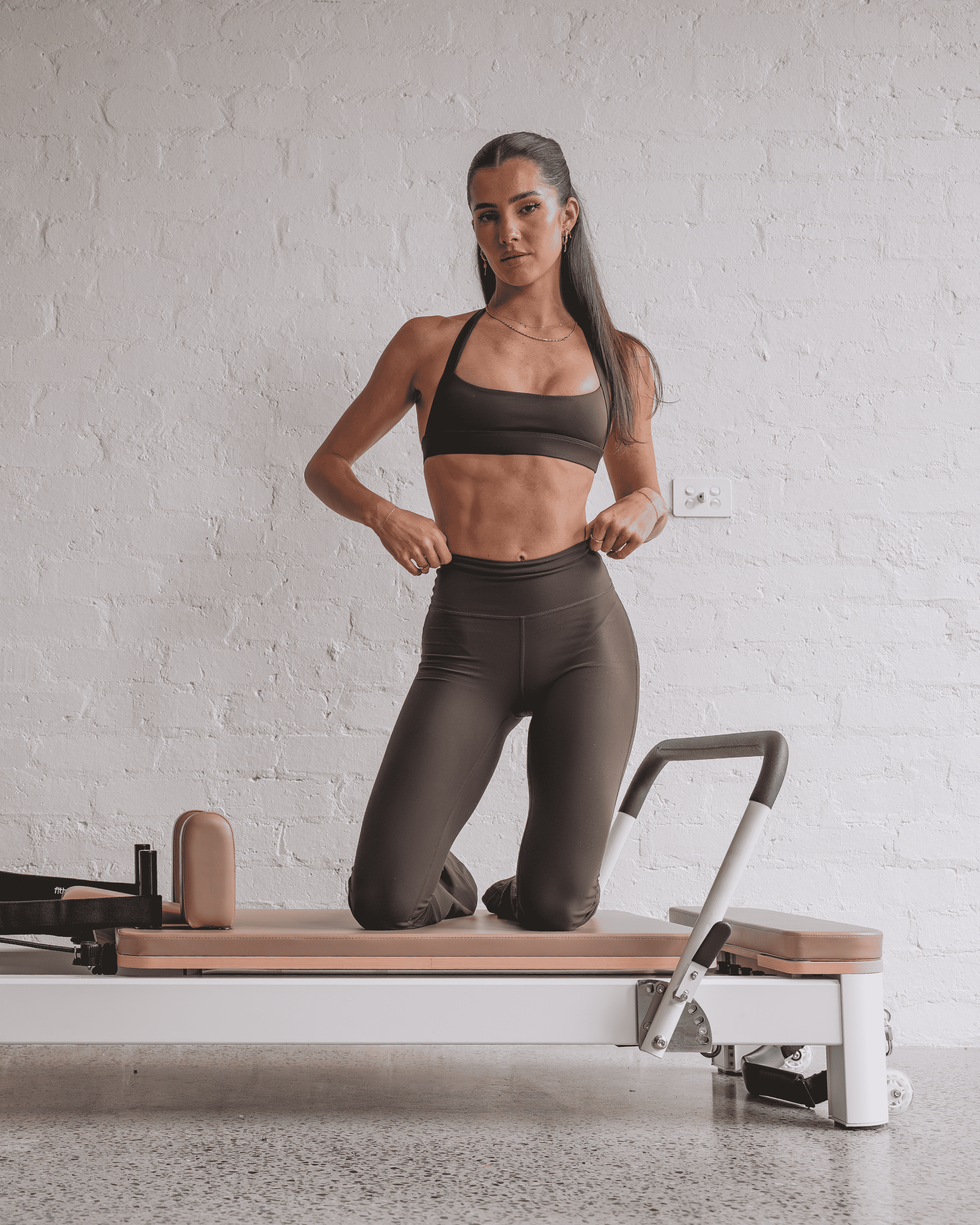
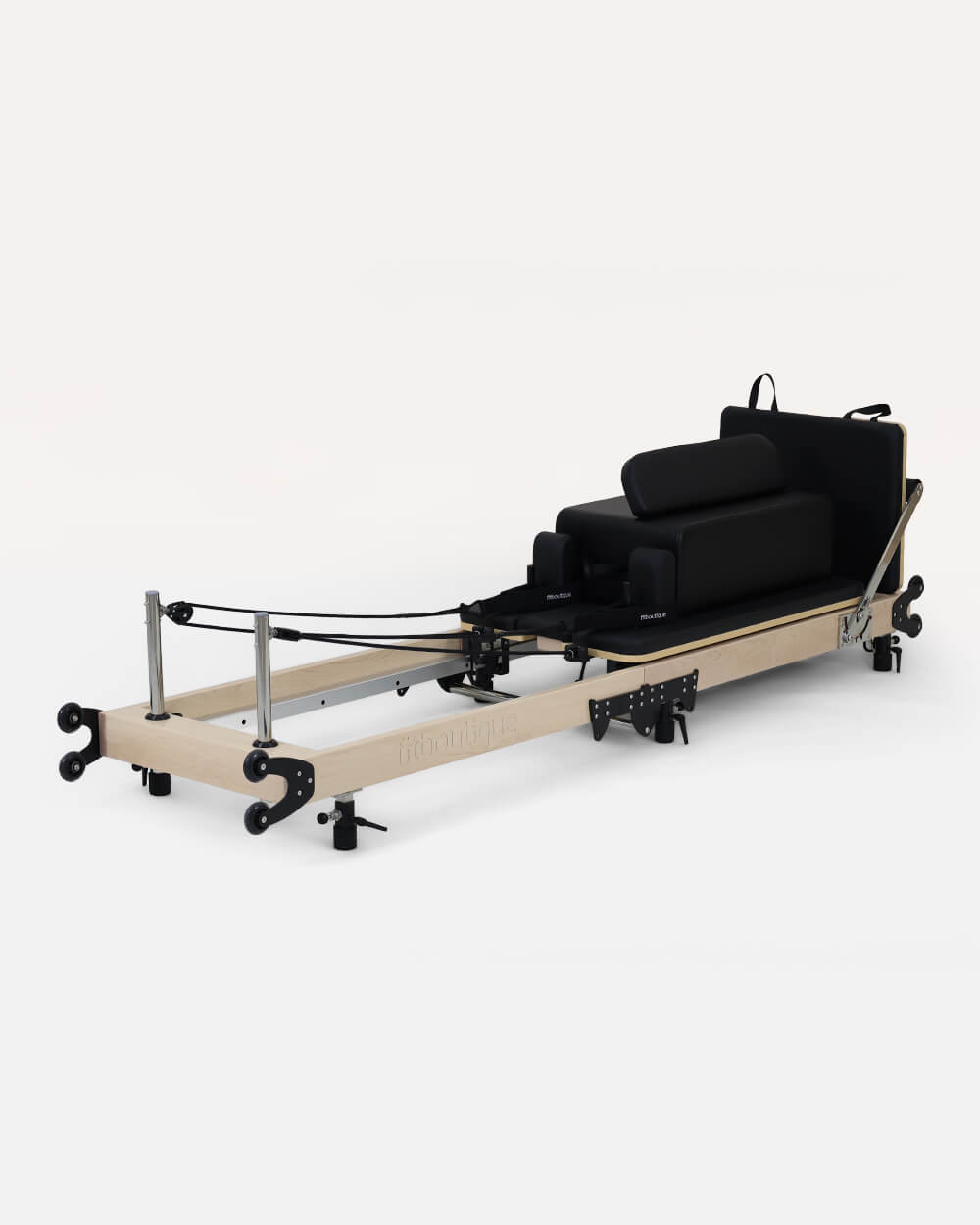
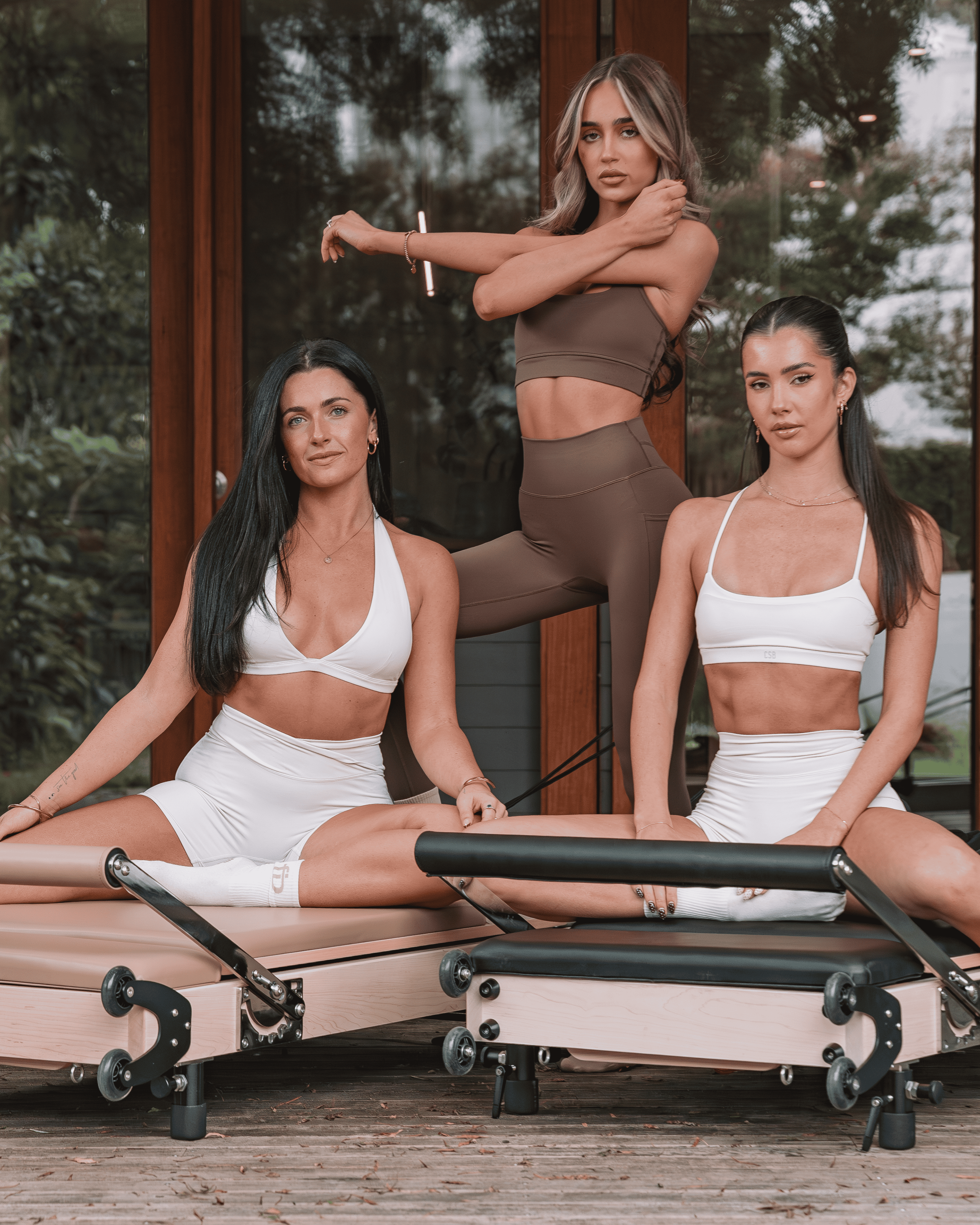
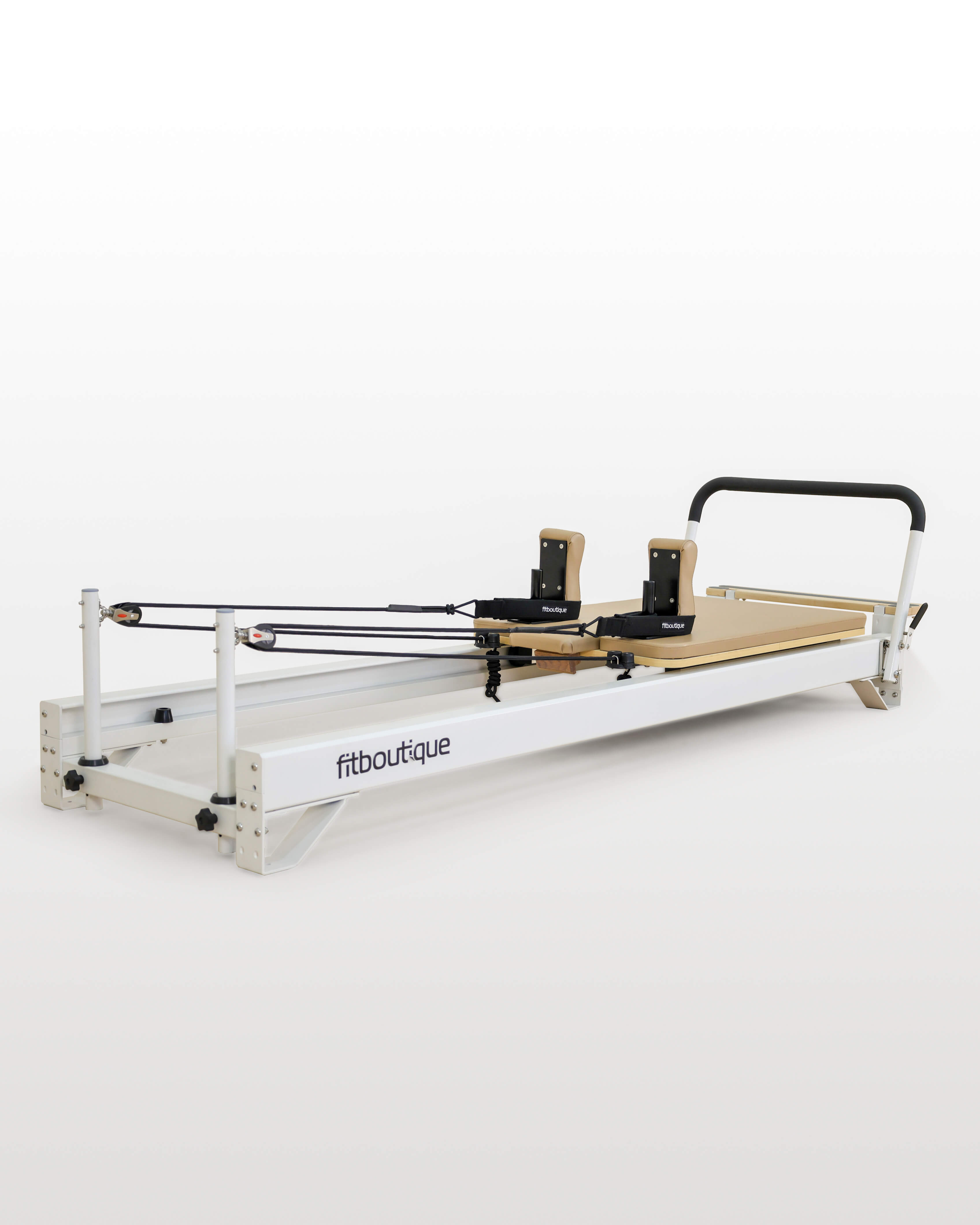
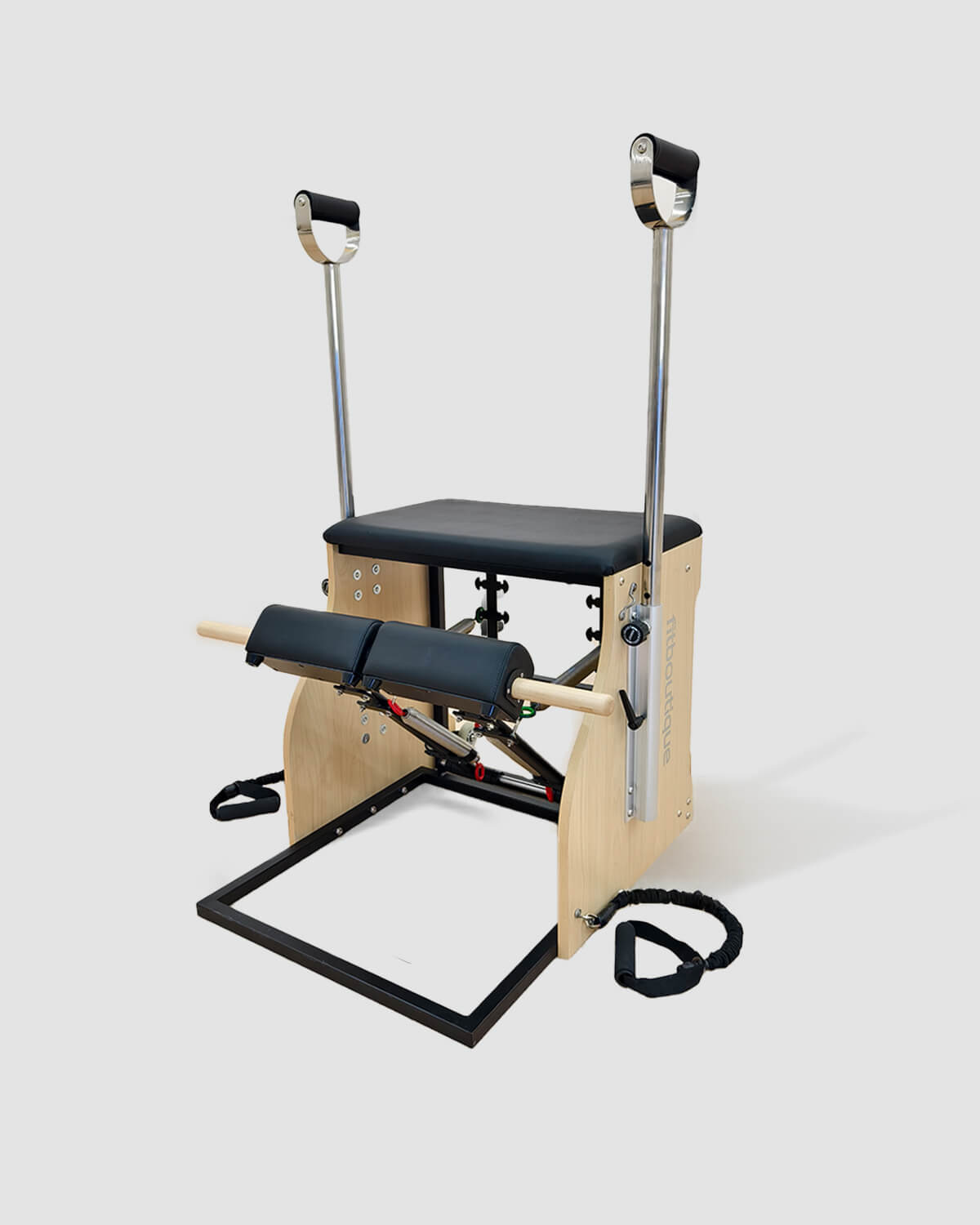


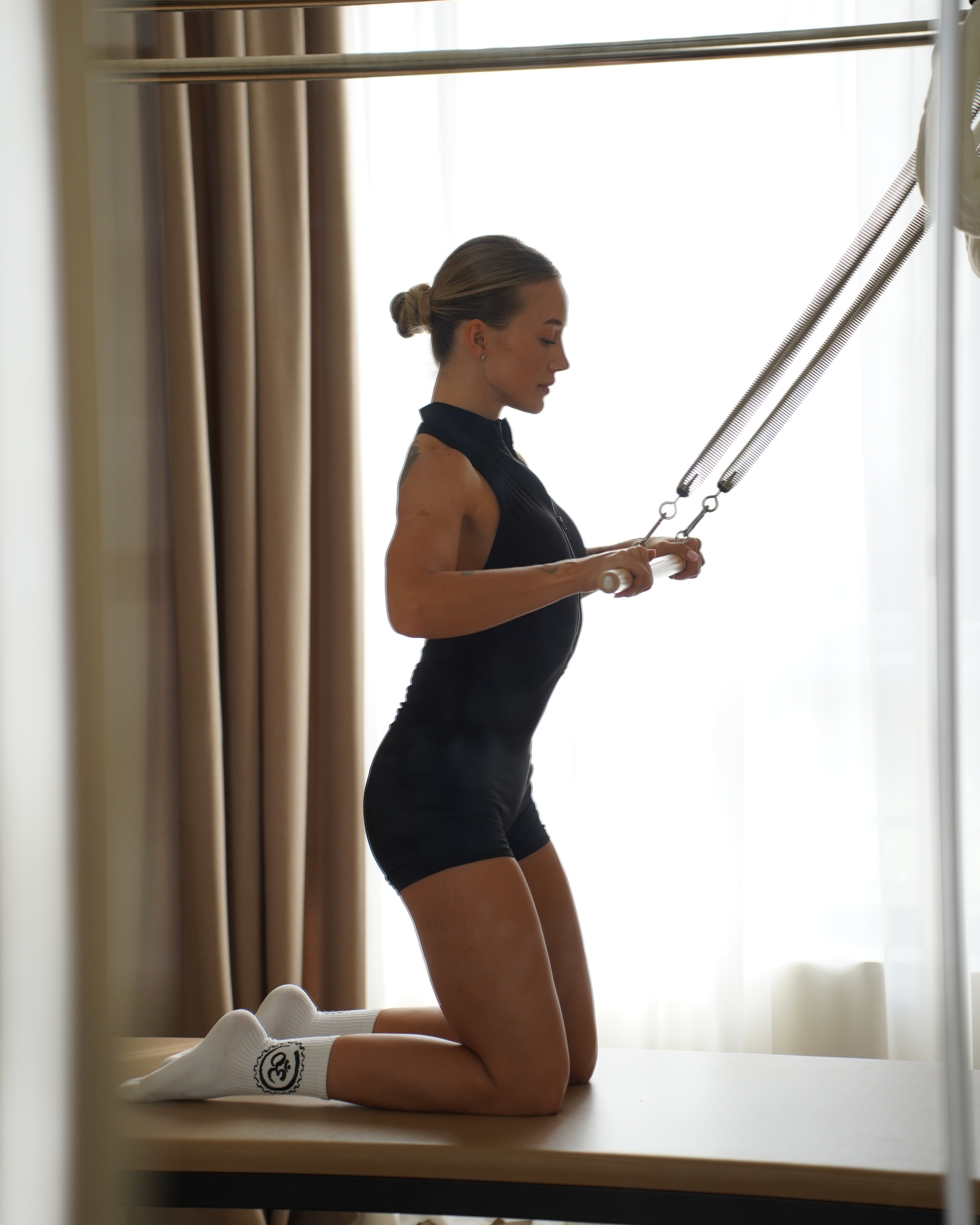


Leave a comment